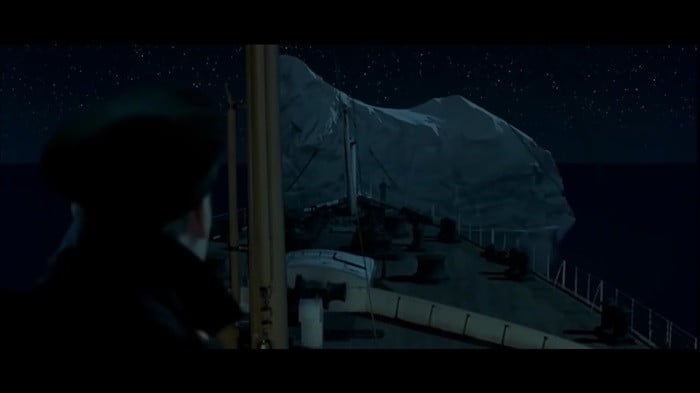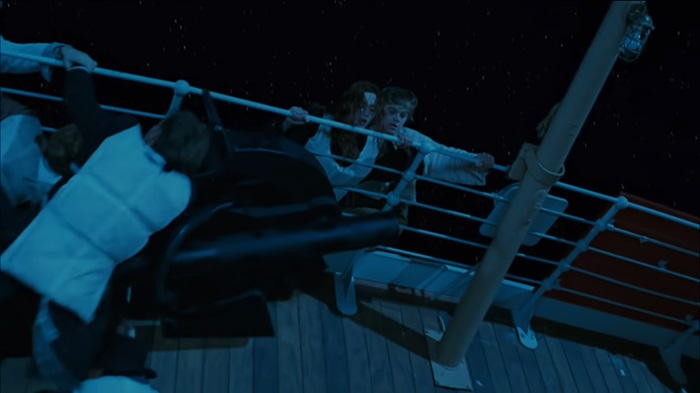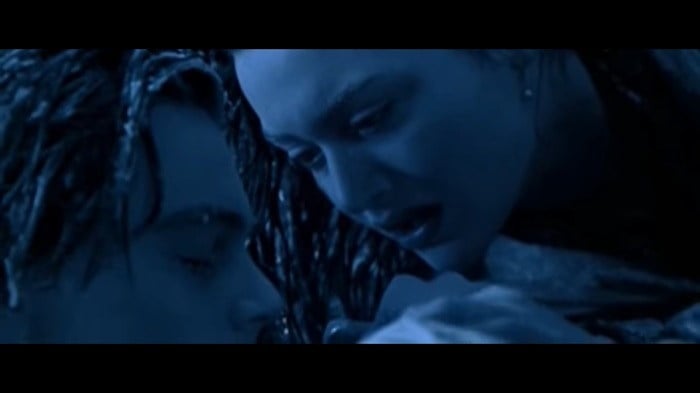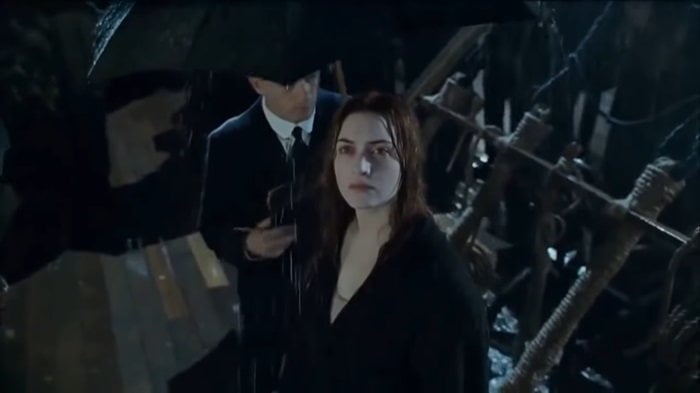The ending of the 1997 film Titanic is an emotional and unforgettable climax that has left a lasting impact on audiences around the world. Directed by James Cameron, this epic romance and disaster film tells the story of the ill-fated RMS Titanic, a luxurious passenger ship that famously sank on its maiden voyage in 1912 after colliding with an iceberg. The film follows the lives of two fictional characters, Jack Dawson (played by Leonardo DiCaprio) and Rose DeWitt Bukater (played by Kate Winslet), as they fall in love amidst the chaos and tragedy of the ship's sinking. The ending of the movie is a powerful culmination of their love story, the ship's tragic fate, and the impact it has on the characters and their lives.
The Sinking of the Titanic

The ending of Titanic begins with the ship's tragic collision with an iceberg. The tension that has been building throughout the film reaches its peak as the ship's crew and passengers realize the severity of the situation. Panic and chaos ensue as people try to board lifeboats and find a way to safety.
Titanic showcases the bravery and selflessness of some characters, as well as the selfishness and desperation of others. As the ship slowly but inevitably sinks, there is a sense of impending doom that hangs over the entire sequence. The audience is drawn into the chaos and terror of the passengers and crew as they confront their own mortality.
Throughout the sinking sequence, we follow the two central characters, Jack and Rose, who are desperately trying to survive and be reunited. The tension and drama in this part of the film are intense, with the audience fearing for their safety and rooting for their survival. Their love story is put to the ultimate test as they navigate the treacherous conditions of the sinking ship.

One of the most iconic and heart-wrenching moments in Titanic occurs during the ship's final moments. As the ship tilts further and further into the icy waters of the North Atlantic, Jack and Rose find themselves clinging to the stern of the ship. Jack tries to find a way for them to stay afloat, but they are ultimately faced with the heartbreaking reality that there are no lifeboats left, and their chances of survival are slim.
The Conclusion of Jack and Rose's Love Story
As the Titanic sinks deeper into the ocean, Jack and Rose's struggle for survival becomes increasingly desperate. They are not only battling the frigid waters but also the chaos and turmoil around them as the ship's passengers and crew fight for their own lives. The film captures the immense bravery of the ship's musicians who continue to play as the ship goes down, adding a hauntingly beautiful backdrop to the unfolding tragedy.
Jack and Rose's love story is a central theme throughout the film, and as the ship sinks, their love is tested to the limit. Their unwavering commitment to each other and their determination to survive together make their relationship one of the most enduring and beloved aspects of the film.

In the midst of the chaos, Jack and Rose's love reaches its peak as they share a final, poignant moment together in the freezing water. Jack sacrifices his life to ensure Rose's safety, encouraging her to never let go and to promise him that she will live a full life. As he succumbs to the cold water, Rose watches in anguish, and the audience is left heartbroken by the loss of this beloved character.
This tragic moment is a culmination of the film's central theme, which is the idea that love transcends time and circumstances. Jack's selfless act of love and sacrifice is a testament to the power of their connection, and it is a tear-jerking moment that resonates deeply with audiences.
The Rescue and Reunion
After the ship has completely sunk, we see the survivors left in the frigid waters of the North Atlantic, waiting for rescue. The film portrays the sheer horror and devastation of the Titanic's sinking, with lifeless bodies floating in the water, survivors clinging to debris, and the agonizing cries of those still in the water.
The rescue sequence is a stark contrast to the chaos of the ship's sinking. It is a moment of quiet and somber reflection as the survivors, including Rose, are pulled from the water by the RMS Carpathia, the ship that responded to the Titanic's distress calls. The survivors' relief and gratitude are palpable, but the loss and grief are also evident as they come to terms with the magnitude of the tragedy.
Rose's rescue is a moment of bittersweet relief, as she has survived the sinking but has lost the love of her life. She is initially in a state of shock and disbelief as she is brought aboard the Carpathia. Her journey from near-death to safety is a powerful depiction of the resilience of the human spirit in the face of tragedy.
Rose's Promise and New Beginning

As Rose is brought aboard the Carpathia, she is wrapped in a warm blanket and surrounded by concerned passengers and crew. The shock of the ordeal and the loss of Jack weigh heavily on her, and she is in a daze as she processes what has happened. The rescue sequence is a moment of reflection and recovery as Rose and the other survivors begin to come to terms with the tragedy.
Rose's promise to Jack, which she made as he succumbed to the icy water, becomes a central point of the film's ending. She vows to live a full life and make the most of the second chance she has been given. This promise serves as a powerful message about the resilience of the human spirit and the importance of living life to the fullest.
The film's ending also revisits the ‘Heart of the Ocean’ necklace, a valuable and symbolic piece of jewelry that has been a recurring motif throughout the story. The necklace, which was the source of conflict and desire earlier in the film, takes on a new significance as it is discovered on Rose. It becomes a symbol of her survival and a link to her past.
In a poignant moment, Rose is asked if she knows the value of the necklace, and she responds, "The price of life is more valuable than any treasure." This statement encapsulates the film's central theme, which is the idea that love and the human experience are more precious than material wealth.
The Final Scene
The Titanic 's final scene is a moving and poignant moment that brings the story full circle. It returns to the present-day setting, where an elderly Rose is shown aboard the research vessel Keldysh, which is exploring the wreckage of the Titanic on the ocean floor. The scenes on the Keldysh serve as a framing device for the entire film, with the modern-day characters providing a connection to the past.
The final scene also features a poignant reunion between Rose and Jack, as she envisions him on the restored grand staircase of the Titanic. This dreamlike encounter is a representation of her spiritual reunion with Jack, who perished in the sinking. It serves as a powerful and emotional conclusion to their love story, emphasizing the idea that love can transcend time and mortality.
The film ends with a sense of closure and resolution as Rose, now an elderly woman, peacefully drifts into eternal sleep. The final shot of the film shows the camera panning over a collection of photographs and mementos in Rose's cabin, highlighting the rich life she lived in fulfillment of her promise to Jack. The audience is left with a sense of satisfaction, knowing that Rose honored her commitment to live life to the fullest.






